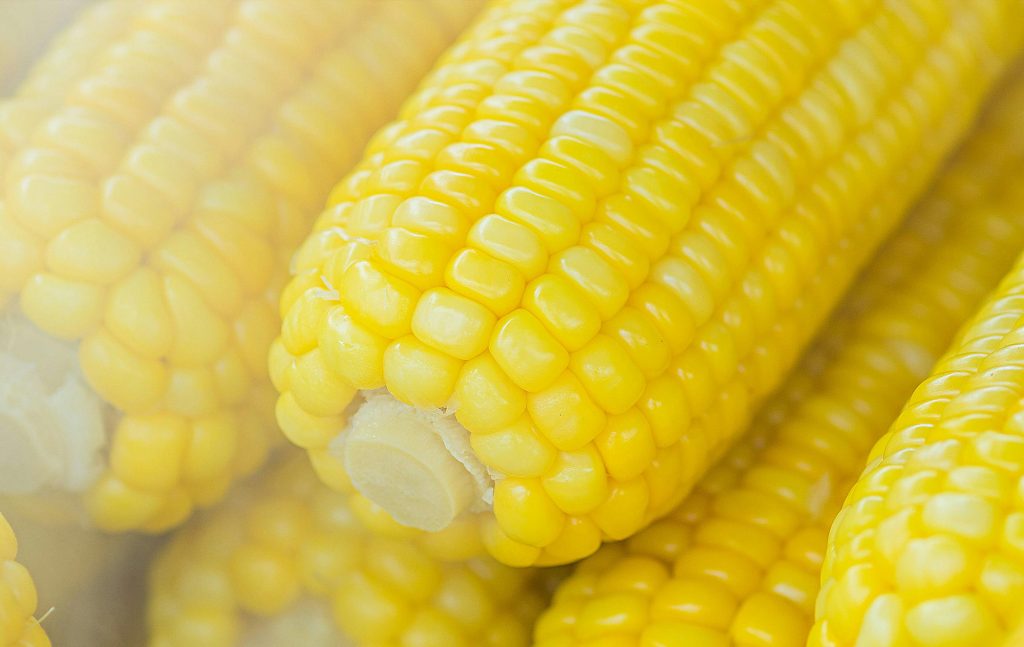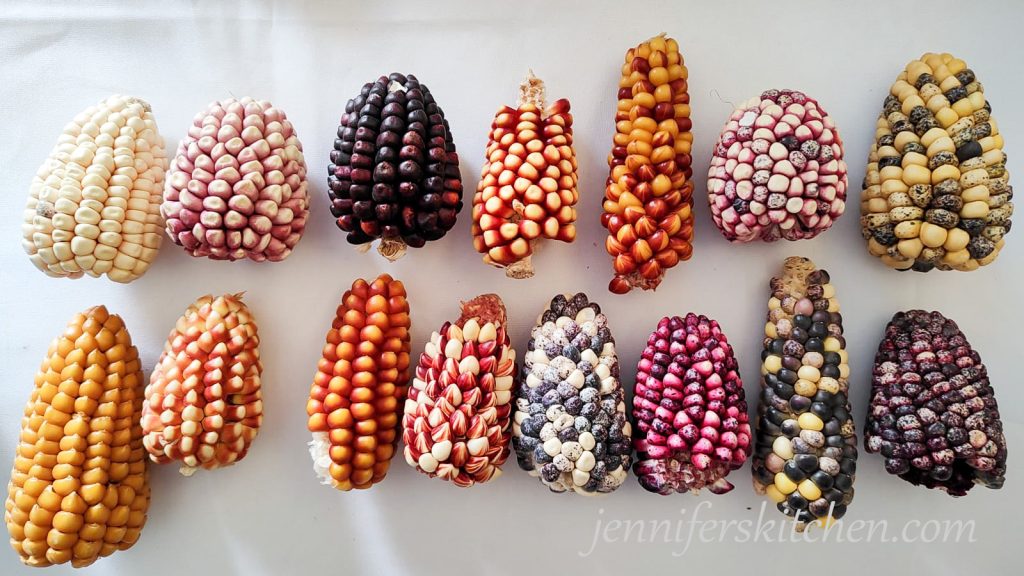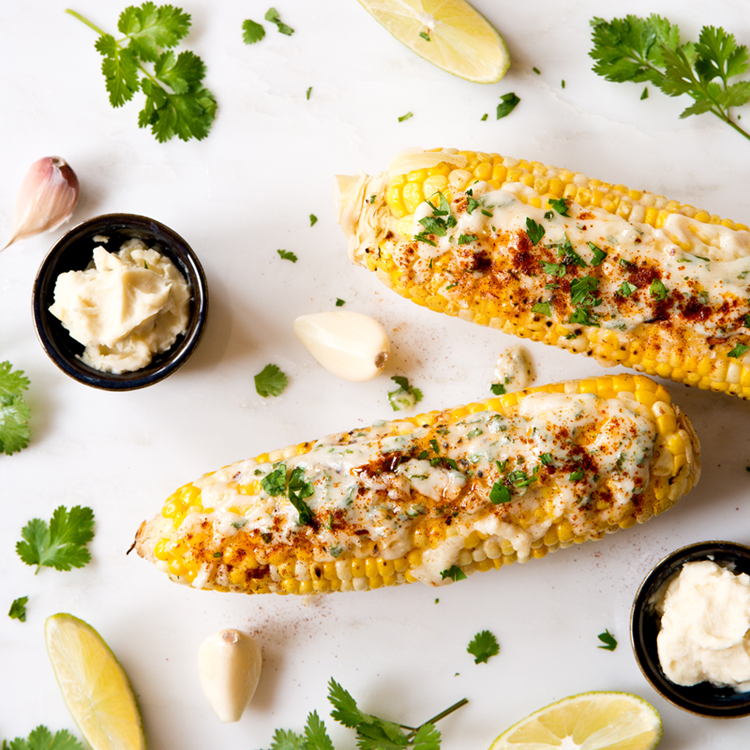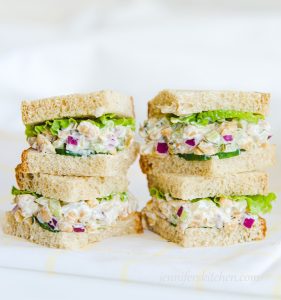Is Non-Organic Corn Safe to Eat?

Recently we’ve been experimenting with making corn bread, tortillas, and other foods using the unique varieties of corn that we’ve been growing in our garden. Red corn bread and black tortillas make some interesting meals. Not only does growing our own corn better ensure its health and nutrient content, but it’s also been a lot of fun growing this beautiful corn.
But we don’t grow all of the corn we eat, so how can you make sure you get healthy corn if you can’t grow your own?
Why You Should Only Eat Organic, Non-GMO Corn
Most corn grown in the U.S. is grown from genetically-engineered seeds, and there is significant concern about the safety of these genetically-modified foods (GMO foods).
When corn is genetically modified, the DNA of the corn is manipulated. The altered DNA not only increases yields, but it can also make the corn able to be grown in nutrient-depleted soils, make it resistant to weed killers like glyphosate (the active ingredient in Roundup), and/or make it resistant to insects and other pests.
In fact, in some GMO corn varieties the corn plant itself becomes a pesticide that is poisonous to insects (including helpful bees that are needed to pollinate our crops). If an insect eats that corn, the insect dies.
When we think about the fact that the same corn that killed those insects is then made into breakfast cereal, cornbread, corn chips, or other foods, we can understand why many countries around the world have banned genetically-modified food or, at the very least, require GMO labeling.
There are a number of health concerns associated with GMO foods, including damage to the gut, inflammation, alterations in hormone balances and function, antibiotic resistance, and more. One study showed that when mice were fed GMO corn, they developed tumors and experienced damage to their liver, kidneys, and adrenal glands. [i]
How to avoid GMO corn
Aside from growing your own non-GMO corn, the best way to avoid genetically-modified corn (GMO) is to buy corn that is labeled “Non-GMO Project Verified”.
Is organic corn also non-GMO?
United States law does not allow genetically-engineered food to me labeled organic; however, the organic label does not protect the food against cross-pollination or cross-contamination. This means that food labeled organic could potentially contain some GMOs.
To be sure your corn contains no GMOs, look for the label “Non-GMO Project Verified”. Testing is required for any product before it can be labeled “Non-GMO-Project verified” to ensure that it is free from GMOs.
Here is my source for good non-GMO corn, cornmeal, corn flour, etc.
Up until a few years ago, only dried corn (also called field corn) was genetically modified. Dried corn is the corn used to make cornmeal, grits, polenta, corn flour, corn starch, and similar foods. Popcorn and sweet corn usually weren’t genetically modified, but GMO sweet corn has become more prevalent. Some believe that popcorn may be next; however, even if the popcorn isn’t genetically modified, ingredients that are often added to popcorn (such as lecithin, oil, lactic acid, and butter) may be. You may want to look for that label to be safe.
Be sure to read ingredient labels since corn-derived products are often included as an ingredient in a variety of foods. Corn oil, cornstarch, citric acid, and corn syrup are a few of the most common corn-derived ingredients to watch for.
Different varieties of corn

There is so much more to corn than the yellow corn kernels that we typically see in the U.S. and other industrialized countries. Throughout history and around the world, populations have been nourished by an amazing variety of colors and flavors of corn. Many of these open-pollinated (non-GMO) varieties are much more nutrient-dense and flavorful than the yellow corn that is ubiquitous in modern grocery stores.
Was This Helpful to You?
Have you noticed that this website is ad-free? Please consider donating so Jennifer’s Kitchen can continue to provide unbiased health information.
References
[i] de Vendômois, J. S., Roullier, F., Cellier, D., & Séralini, G. E., A comparison of the effects of three GM corn varieties on mammalian health, International Journal of Biological Sciences, 2009
You my also like:
Before you go . . .
Did you know that you can eat all this delicious food AND lose weight? You can!
No calorie counting. No portion sizes.
Join my online weight loss program today!






Please consider leaving a star rating and a comment. This helps others discover my recipes. Thank you! 🙂